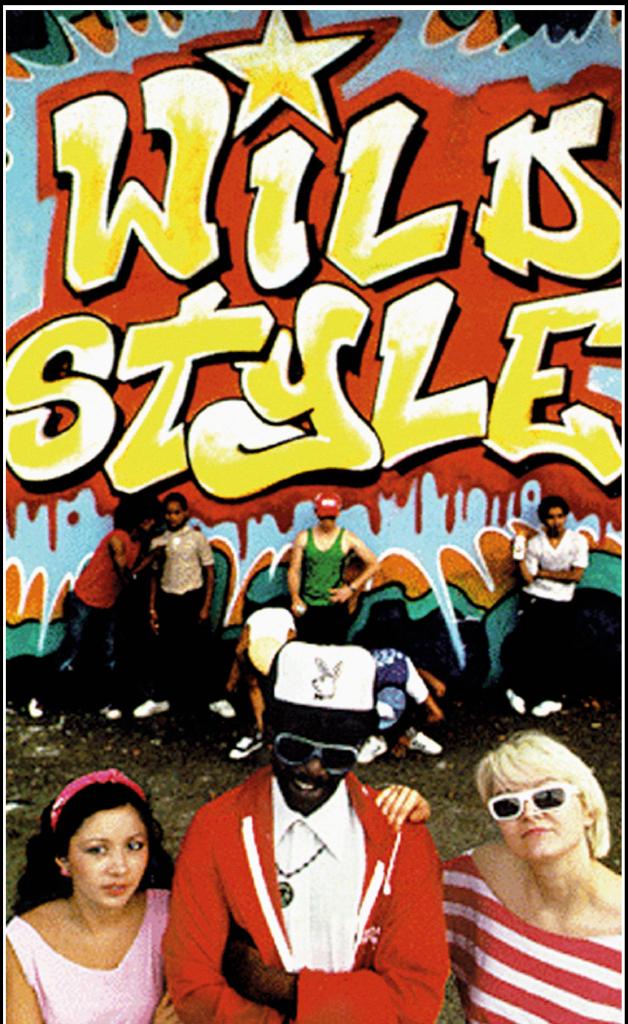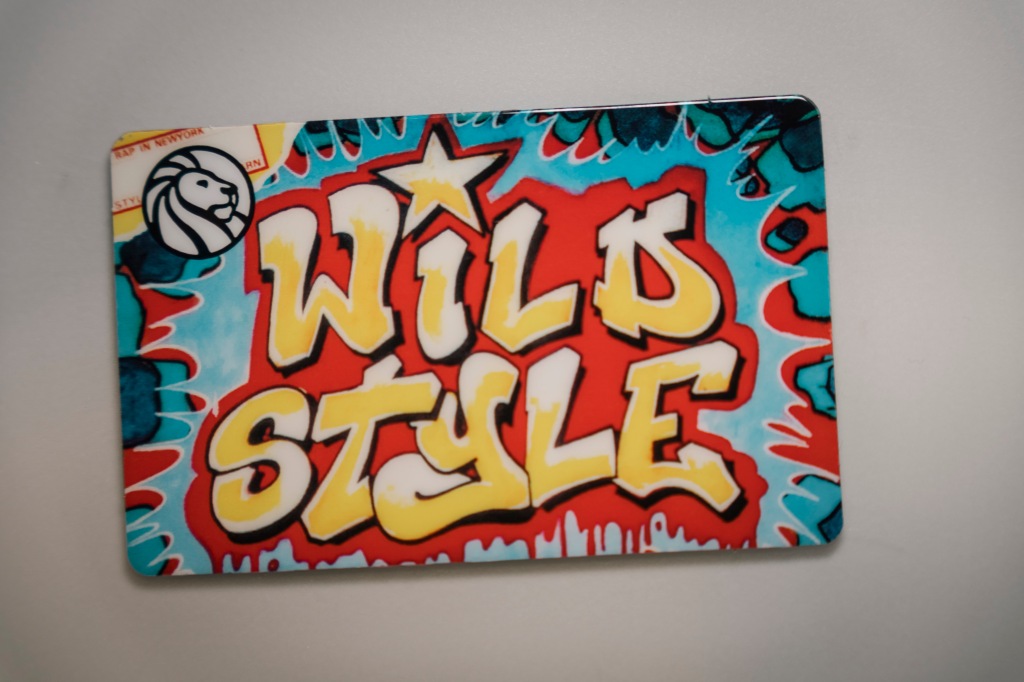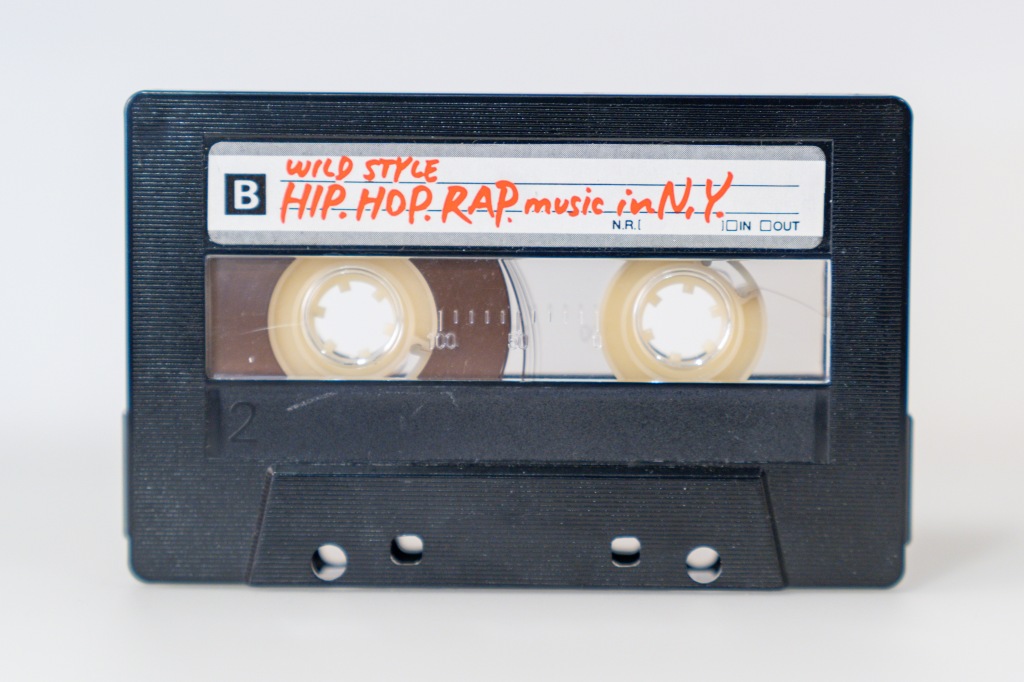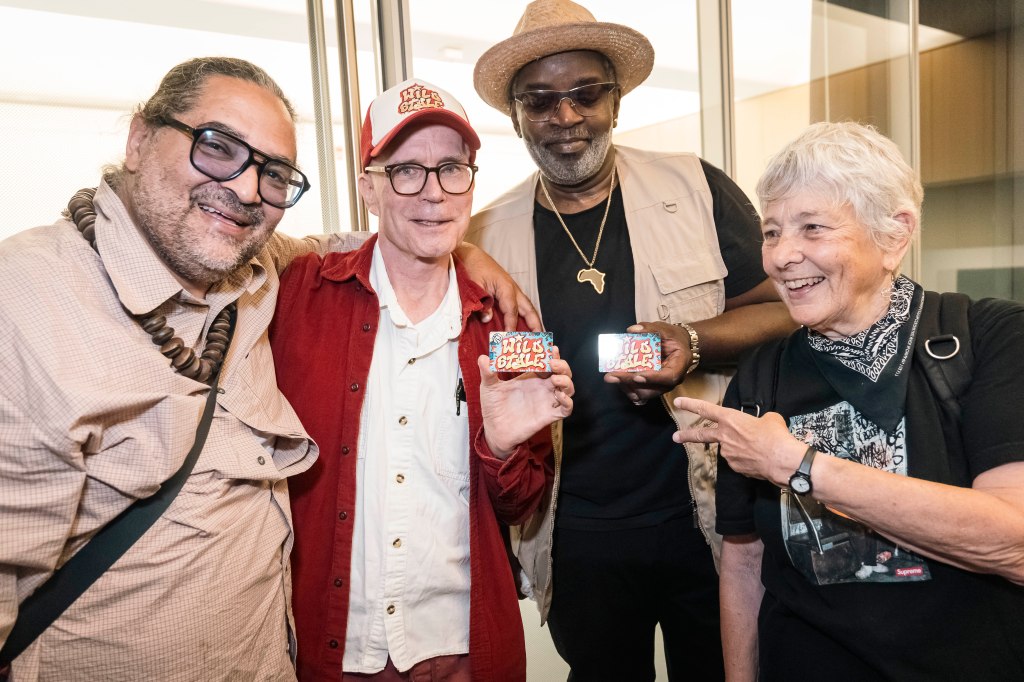As director of the first hip-hop movie, “Wild Style,” Charlie Ahearn needed a fresh way to brand his indie film to appeal to a world that wasn’t yet hip to the cultural movement, born in the South Bronx 50 years ago.
So, one summer night in 1983, three graffiti artists created the “Wild Style” mural in Riverside Park — a clever piece of guerrilla marketing that would become the defining symbol of early hip-hop.
“I remember being there watching them [paint], and I look over — there’s a cop car about 100 feet away from us,” Ahearn told The Post. “Like everything we did in the movie, it was totally illegal.”
And for then 17-year-old graffiti artist Aaron “Sharp” Goodstone, the dusk-till-dawn assignment was more like a walk in the park, compared to his more daring spray-paint sprees.
“Painting on [subway] trains, which was our principal direction, was always illegal, obviously — and it was extremely dangerous,” he said. “You know, the 600 volts of electricity, running around in the tunnels in the dark. So in comparison, I wasn’t nervous.”
On Friday, that iconic “Wild Style” logo created by Goodstone and fellow graffiti artists Zephyr and Revolt will be tagged somewhere they most likely never expected — on a special-edition New York Public Library card marking half a century of the culture New York gave the world.
Five decades after the art form was fathered by DJ Kool Herc on Aug. 11, 1973 — at a Bronx birthday party for his sister in the recreation room of his apartment building at 1520 Sedgwick Avenue — the beat of the street is getting loud in the library, with a limited issue of 50,000 cards.



“At our Schomburg Center [for Research in Black Culture], we had the original ‘Wild Style’ soundtrack cassette,” said Brandy McNeil, NYPL deputy director of branch programs and services. “And so we wanted to kind of do this re-creation with the library card.
“And,” she added, “because we represent The Bronx, and hip-hop started in the South Bronx … we wanted to go back to where it started.”
In June 1980, Ahearn met Fab 5 Freddy at the Times Square Show, a pop-up event showcasing underground artists — where a young Jean-Michel Basquiat publicly showed his work for the first time — and the NYC hip-hop legend pitched the director his idea for “Wild Style.”

“We had been negatively depicted almost all the time — young blacks and Latins — and I thought, you know, ‘We’re not all bad people,’ ” said the former “Yo! MTV Raps” host, who was born Fred Brathwaite. “I wanted to get a way to showcase that we were doing some creative things. They might not have been all completely legal, of course.”
And hip-hop — whose four essential elements include MCing, DJing, graffiti art and breakdancing — got its close-up when Ahearn wrote, directed and produced “Wild Style.”
In addition to working on the music for the film with Blondie’s Chris Stein, Freddy co-starred with the “real-deal pioneers of it all,” including graffiti artists Lee Quiñones and Lady Pink, rap group the Cold Crush Brothers, and breakdancing squad the Rock Steady Crew.

“I think the important thing that we decided to do in that kind of independent underground film space was to have the actors, or the people featured, pretty much play themselves — do things that they are kind of already doing and associated with,” said Freddy, now 63. “So even though the film has a narrative, it gives it a documentary feel of New York at that time.”
But the movie — taking its name from the Wildstyle graffiti technique that marked New York at the time, which Ahearn describes as “a kind of muscular interlocking lettering form” — needed some more promotional pop before it was released in the Big Apple in November 1983.
“Zephyr and Revolt collaborated on the design of the mural,” said Goodstone. “Zephyr did the preliminary sketch on the wall, and then myself and Revolt blocked in all the colors.”

And for Freddy, it’s a truly fab way to give back at the New York Public Library, which will also be hosting a Hip-Hop 50 dance party at the Stephen A. Schwarzman Building on Fifth Avenue and 42nd Street on Aug. 5.
“I was always in the library as a kid, reading and curious,” he said, “so hopefully it touches people in the same way.”

